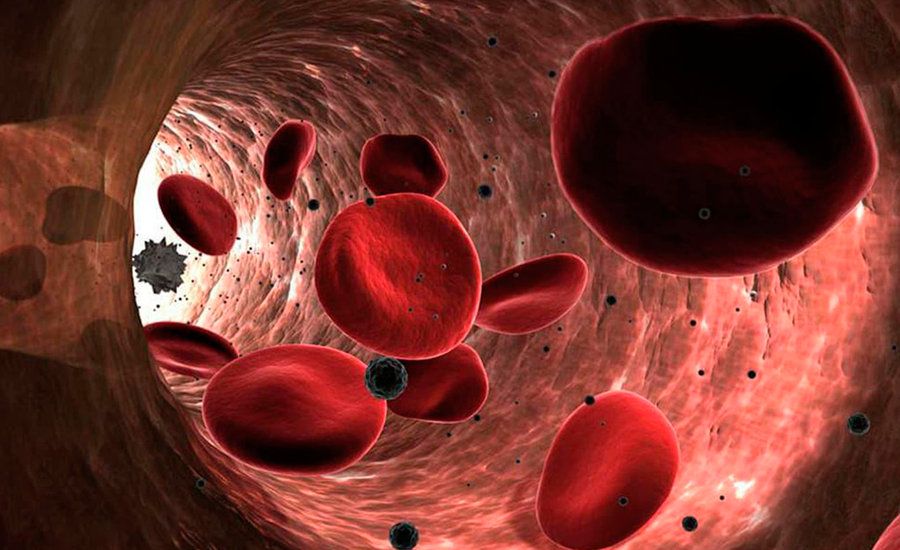A multi-institutional research team led by the University of Hull in the UK conducted a small pilot study and found 15 microplastic particles per gram of human venous tissue, the first evidence of microplastic contamination of human vascular tissues. These results support that these contaminants are transported within tissues, specifically blood vessels, and will make it possible to determine the impacts on vascular health, they reported last Wednesday.
illustrative image
They detect a ‘rain’ of plastic equivalent to about 3 million bottles per year
The first study of its kind
Until now, no studies have examined whether microplastics can infiltrate or cross any biological barriers or have examined the potential links between exposure to environmental microplastics and coronary artery bypass graft (CRC) outcomes. The scientists analyzed tissue from the human saphenous vein (blood vessels in the legs) taken from patients with coronary artery disease who underwent CRC.
“We were surprised to find them,” said Professor Jeanette Rotchell, an environmental toxicologist at the University of Hull, who led the research. “We already know that microplastics are in the blood,” she added. “But it was not clear if they could cross blood vessels into vascular tissue and this work would suggest that they can do just that,” she stressed.
They reveal which animal consumes more plastic than any other oceanic organism
Various types of polymers in venous tissues
However, although the size ranges of the microplastics found are similar, the shape characteristics and polymer types differ from other human tissue types analyzed to date. Among the polymers found, those of alkyd resin stand out, which is found in synthetic paints, varnishes and enamels. They also found polyvinyl acetate, an adhesive that is one of the main ingredients in industrial and household glues.
Other of the most found were the derivatives of nylon and ethylene-vinyl-alcohol, which are used to create flexible packaging materials, with multiple uses that include food packaging. “These first analyzes of human tissue suggest that the distribution of the predominant types of microplastics may be tissue-specific,” Rotchell said. The results of this study were published last Wednesday in PLoS One.
Its implications for human health
The researchers believe that the presence of these microplastics in veins may well play a role in damaging the interior of blood vessels and causing them to become blocked over time. “Saphenous vein graft failure has been a long-standing problem after coronary artery bypass surgery. It is an effective treatment but the longevity is limited by the deterioration of the patency of the veins”. He mentioned Professor Mahmoud Loubani, co-author of the study.
Now, the scientists want to identify the impacts on vascular health and whether there is any correlation between environmental exposure to microplastics and CRC results. They will also focus on finding ways to eliminate these microplastics. with RT
